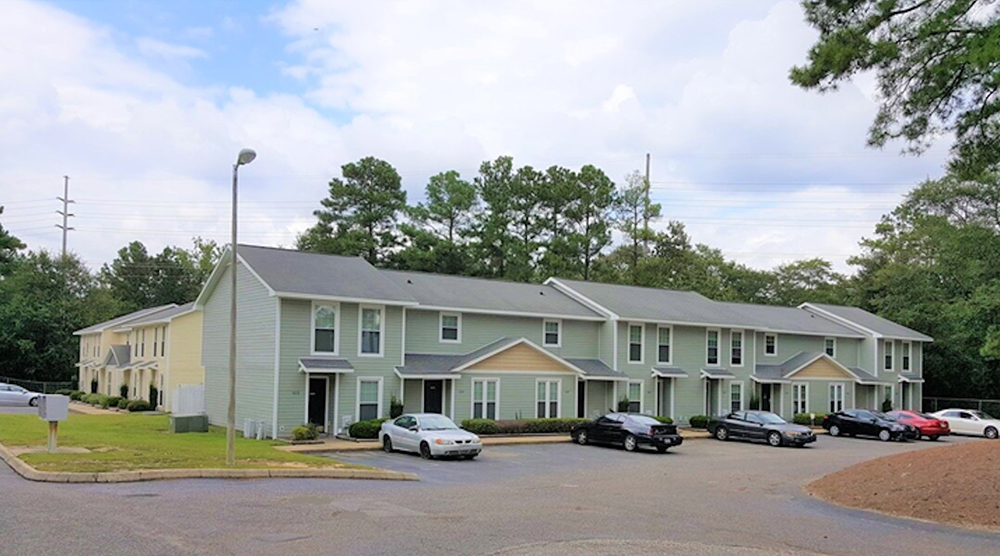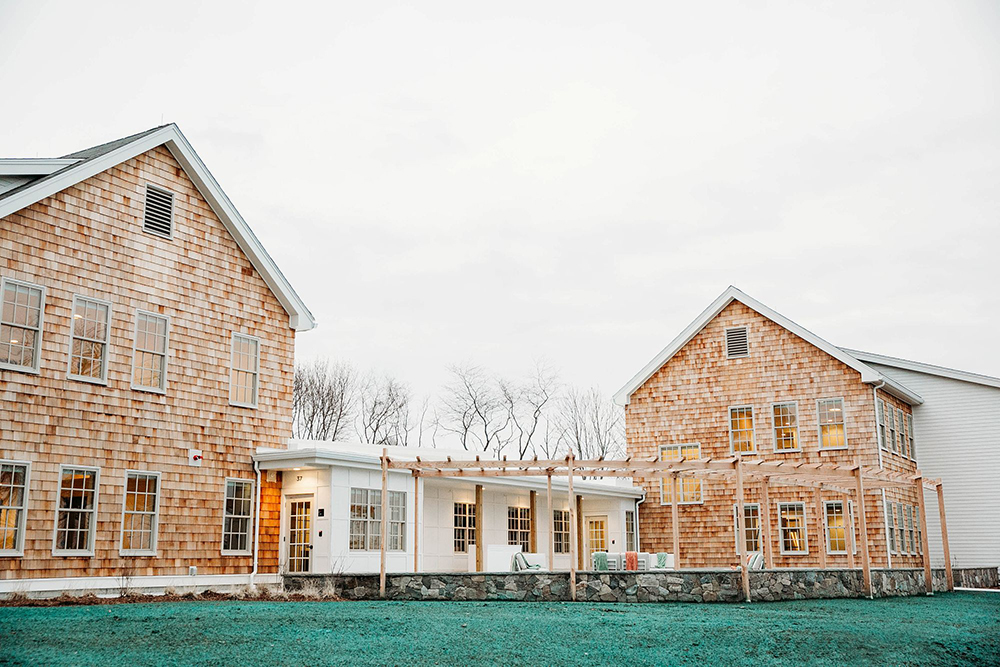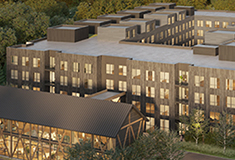Pay attention to the lending marketplace - LIBOR - by Rob Pratt

Harbor Derivatives
Firms involved in hedging interest rate risks need to begin paying close attention to the developments in the lending marketplace related to changes in variable rate loans, hedges and the derivatives index, LIBOR. Year-end 2021 is now the target date for a major change to take place potentially replacing LIBOR with Secured Overnight Financing Rate (SOFR) or another Alternative Reference Rate (ARR). Borrowers will take on responsibilities with the transition, most importantly to monitor the rate setting process for their hedges to ensure they have an effective hedge on their books.
Since the 1980’s USBBA LIBOR had been the most widely used index upon which most interest rate derivatives had been based. The British Bankers Association (BBA), regulated and managed the rate setting process since its inception in the 1980’s. In 2012 the financial world was surprised to learn of the illegal activities taking place in the LIBOR rate setting process that was orchestrated by a handful of contributing banks. In the LIBOR scandal, some banks reported artificially low or high-interest rates to benefit their bank’s derivatives trading portfolio.
Regulators in both the United States and the United Kingdom levied some $9 billion in fines against banks involved in the scandal and placed a slew of criminal charges against banks and individuals involved. Following the exposure of the LIBOR collusion Britain’s FCA, (Financial Conduct Authority) took the responsibility for LIBOR supervision away from the BBA and later turned it over to IBA (ICE Benchmark Administration).
LIBOR vs SOFR: The new index now in the implementation phase is SOFR, the actual market levels of overnight loans collateralized by treasury securities known as the Repo rate. Conversely, the retiring LIBOR index is composed of indications of the average levels where a group of large banks indicate where they lend to each other and is not a statistic representing actual borrowing activity. According to an article published by the Bank for International Settlements in November 2019, SOFR may end-up coexisting with an index to be chosen, perhaps ICE LIBOR to allow existing LIBOR based hedges to continue without interruption to maturity.
What Comes Next: The onus is on banks to address the requirements of the transition as directed by the ARRC (Alternative Reference Rate Committee). Borrowers who hedge with derivatives have less responsibility in the efforts than banks but still need to understand the changes and make sure they are ready to act when necessary.
With the ARRC having chosen SOFR as the replacement index for ICE LIBOR both borrowers and banks have until the end of 2021 to put policies, procedures, systems, and education in place to accomplish the transfer. In a December 2019 article in the American Banker, the author stated, “Firms that have not begun this work in earnest, and do not have plans to complete it by end-2021, run significant financial and reputational risks.” “Firms need to end the use of LIBOR in new contracts as soon as possible and, where possible, to accelerate their efforts to remove their reliance on LIBOR within legacy contracts.” Borrowers will need to add a step of reconciliation in the rate setting process to ensure they are obtaining the needed hedge effectiveness required by regulators.
It should be noted that borrowers may be less at risk of chaos when transacting swaps and collars as compared to caps since borrowers tend to trade swaps and collars with the same bank that sets the underlying loan rate allowing for a better chance for the swap reset index to match that of the loan. For caps, where the hedge is often traded with a separate hedge provider than that of the loan, there is a greater risk that the two indices may not match on reset rates. Having a designated person within the borrowing entity as well as having a dedicated consultant to overview the process may benefit all involved.
The transition will continue to be an evolving process while entities involved continue to refine the transition from LIBOR to the alternative index and will require regular updates on the decision-making process. Borrowers should be asking their lender of their firm’s progress in their handling of the transition.
Rob Pratt is founder, principal and senior consultant at Harbor Derivatives, Scituate, MA.
Preservation of Affordable Housing secures $23.5 million in financing from Rockland Trust and Citizens Bank

Conn. hospitality market: A technical appraisal perspective on market dynamics and valuation challenges (2019-2025)










